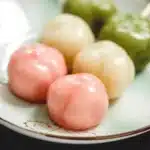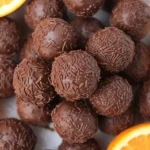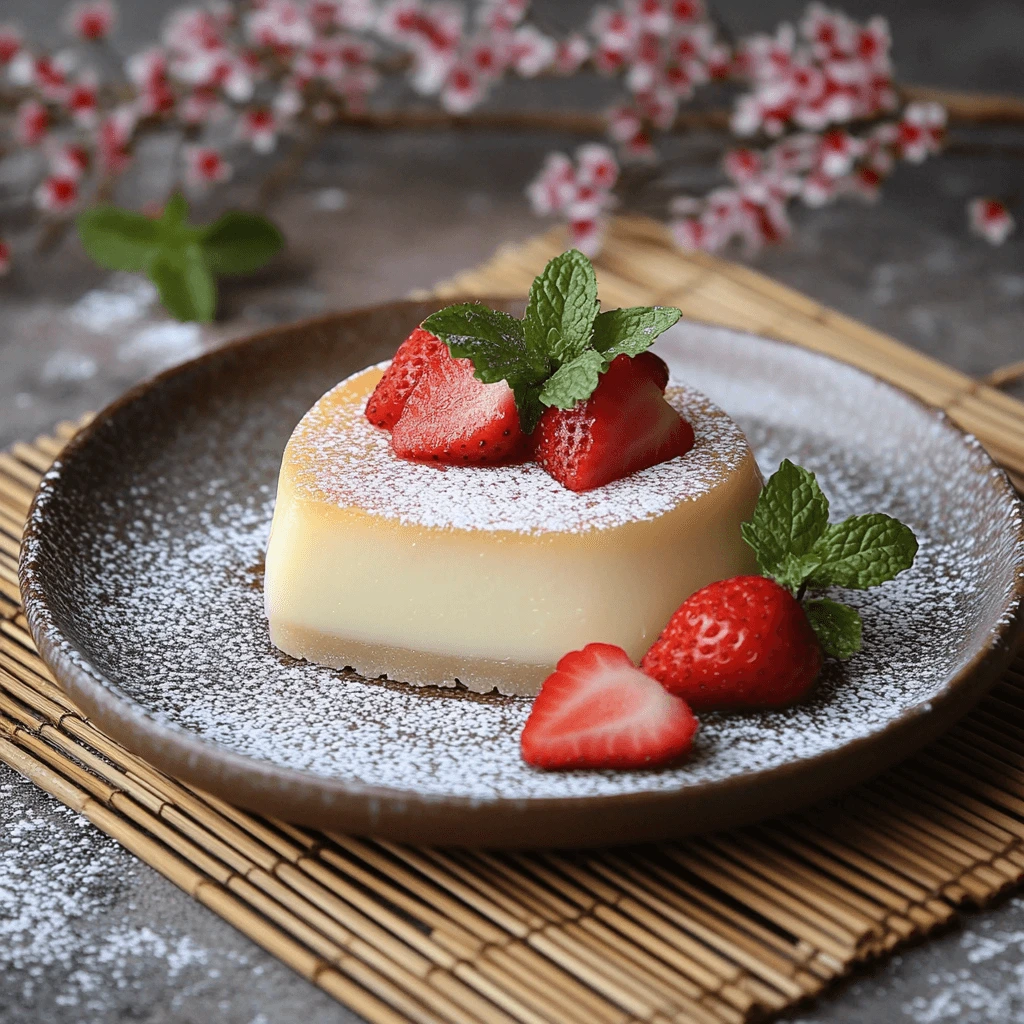
Japanese desserts are just plain magical, aren’t they? Think about it: you want something sweet, but not heavy. Maybe you’re curious after trying some at your favorite japanese desserts spot, only now your wallet says “let’s figure this out at home.”
That was totally me a year ago, standing in my kitchen with a bag of glutinous rice, mostly confused but 100% determined. And you know what? Turns out, you can totally pull off your own Japanese desserts with, like, normal supermarket stuff. So if you’re drooling for unique, easy treats, you’re definitely in the right place.
In this article, I’ll show you 10 of the best Japanese desserts you can easily make at home, perfect for beginners and seasoned bakers alike.
What Makes Japanese Desserts Unique?
Okay, let’s just call it out…Japanese desserts are a very different vibe. Sugary overload? Nope, not here. These sweets are lighter, subtler. The flavors are often delicate, not smack-in-your-face sweet, which, honestly, is a relief sometimes.
Think of stuff like mochi or matcha cheesecake. They slip in unusual ingredients. Red bean? Azuki. Green tea? Of course. And, yes, there’s lots of rice involved. Textures stand out too chewy, fluffy, and even a little squishy can all share the same plate.
Also, the presentation is next-level. Ever seen a sakura mochi or taiyaki? They look so cute, you almost hesitate to eat them. Almost. Each one tells a story, sometimes tied to seasons or festivals. It’s not just dessert, it’s a tiny celebration, every bite.
1. Mochi (Butter)
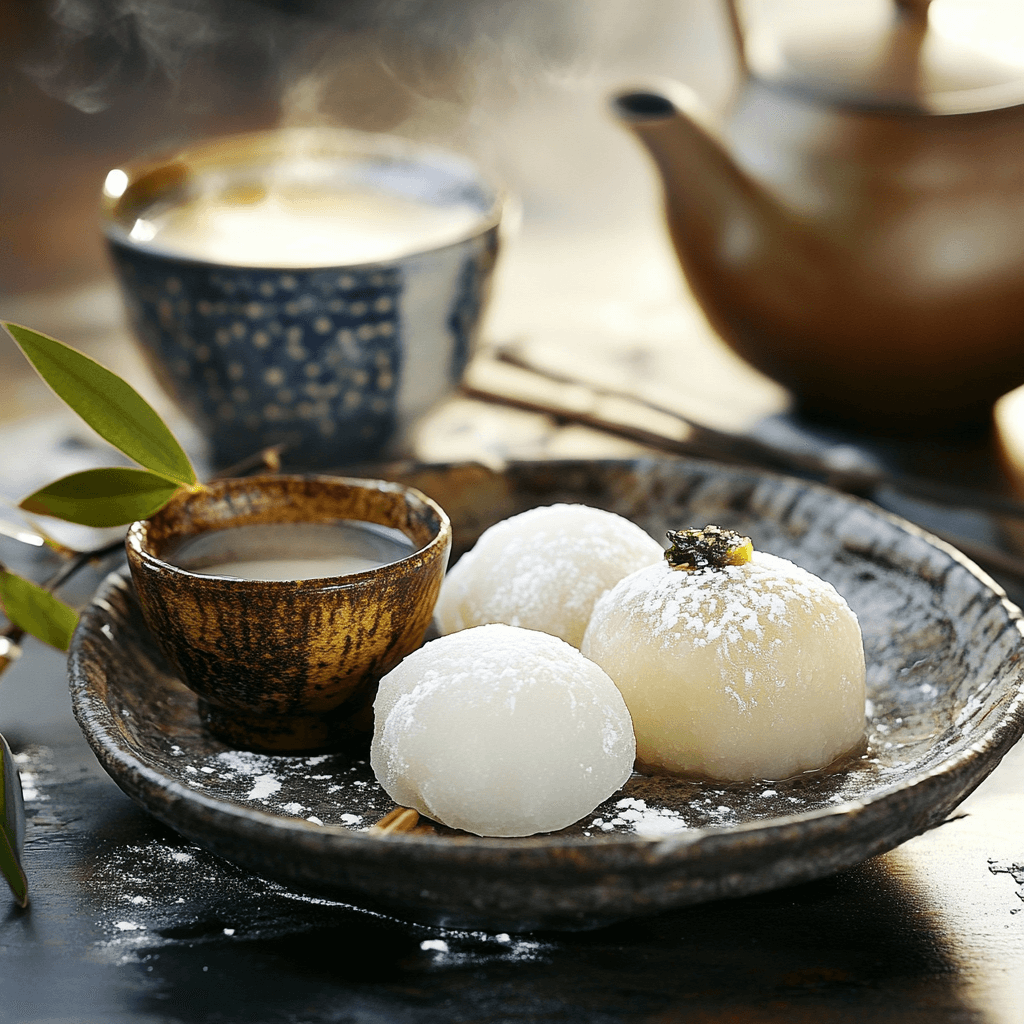
Mochi, if you ask me, is the star of Japanese desserts. It’s this little chewy, sweet rice cake that kind of bounces when you poke it. Weird? Not once you’ve tried it. Basically, you mix glutinous rice flour with butter, sugar and water, steam or microwave it, then knead like you mean it. Suddenly you’ve got a stretchy dough you can fill or eat plain.
I’ll be honest, first time, mine looked kinda sad. But after rolling it in potato starch, and sneaking a taste, I was officially obsessed. You can fill them with just about anything: sweetened red bean paste, strawberries, even ice cream if you’re wild like that. Don’t worry about perfect shapes. Homemade is supposed to be…well…quirky!
Just remember to dust with starch or you’ll have a sticky situation. Bonus: mochi keeps for a day or two, so make a bunch.
2. Matcha Cheesecake Japanese Dessert
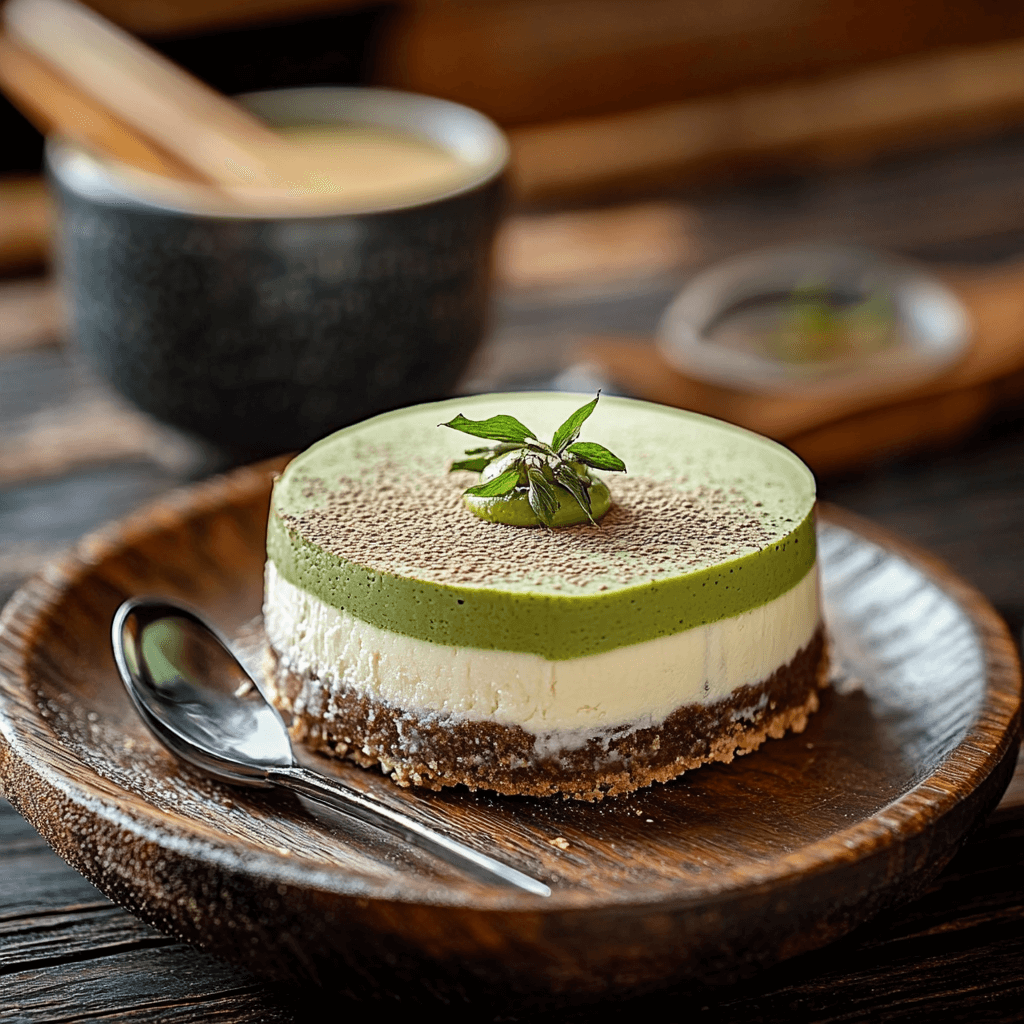
So matcha cheesecake is basically the best of both worlds: traditional creamy cheesecake + earthy Japanese green tea powder. It’s a big win at any brunch or family dinner because it’s super photogenic (that green color!) and tastes kinda fancy.
You don’t need complicated stuff. Cream cheese, digestive biscuits, sugar, eggs, and matcha powder are the basics. Sometimes folks worry about matcha being bitter, but when blended right, it’s smooth and just a little grassy.
Texture is on the light side, not heavy like New York cheesecake. Honestly, the hardest part? Waiting for it to chill in the fridge. Don’t skimp on chilling. Give it at least four hours or, even better, overnight. You’ll thank me when it slices perfectly and doesn’t fall apart.
3. Dorayaki (Red Bean Pancakes)
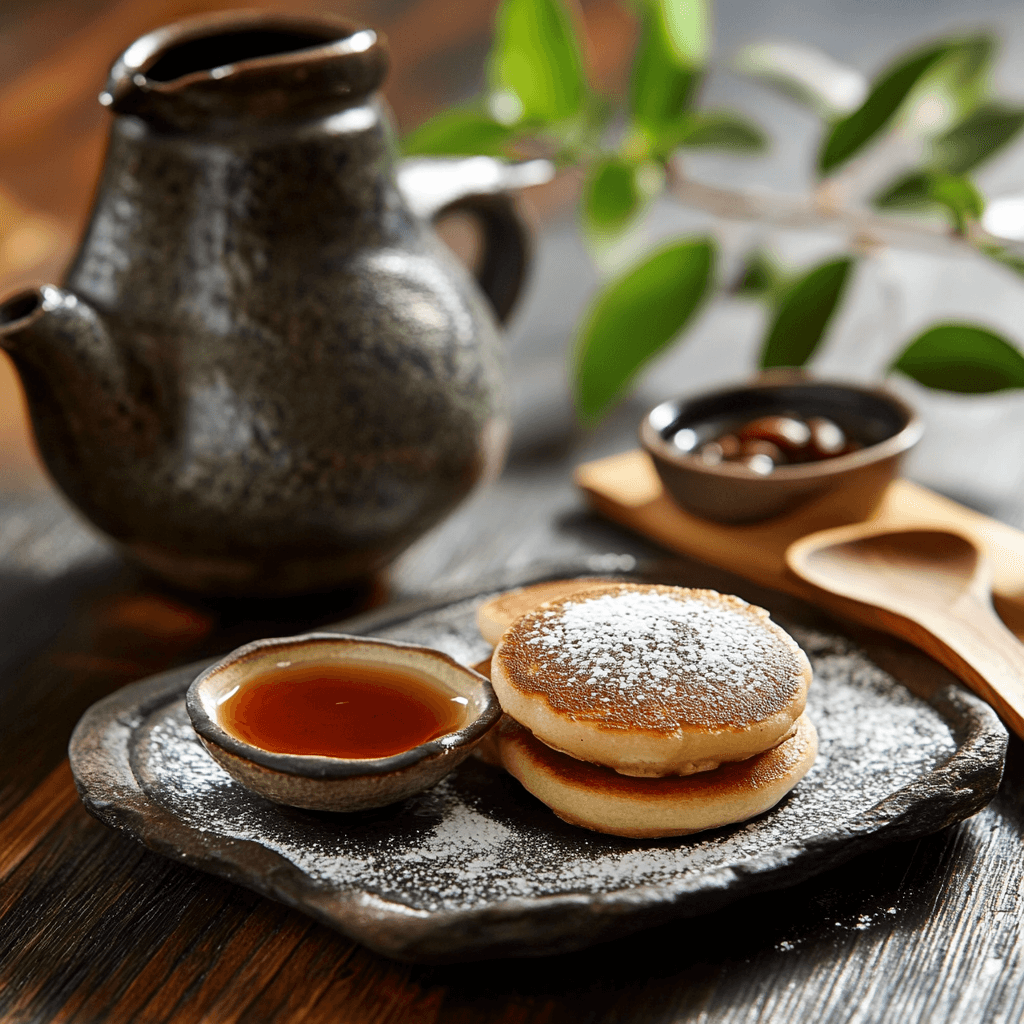
Ever watched anime and wondered about that yummy snack the characters eat? That’s dorayaki. Think two fluffy pancakes with a sweet red bean filling jammed in the middle. Simple and addictive.
Making dorayaki isn’t hard. You do need azuki, but most Asian groceries carry it already made into a paste.
The pancakes are just eggs, sugar, flour, and baking powder. Pro tip, keep the batter a little thick so your pancakes get that perfect rise.
Assembly is easy. Spread your paste, sandwich, and you’re all set. Good for lunchboxes too (if you don’t eat them all first, I rarely manage it myself).
4. Xango Dessert

Okay, hear me out, Xango isn’t just dessert, it’s a full-on event. I had it once after a long shift and wow… instant mood-lifter. Think warm, golden tortilla hugging a thick, creamy cheesecake center, like a cozy little fried pocket of joy. The edges? Crunchy.
The inside? Silky and rich. It’s the kind of treat you bite into and immediately stop talking. One of those “where has this been all my life?” moments. Yeah, it’s that good.
5. Dango (Rice Dumplings on Skewers)
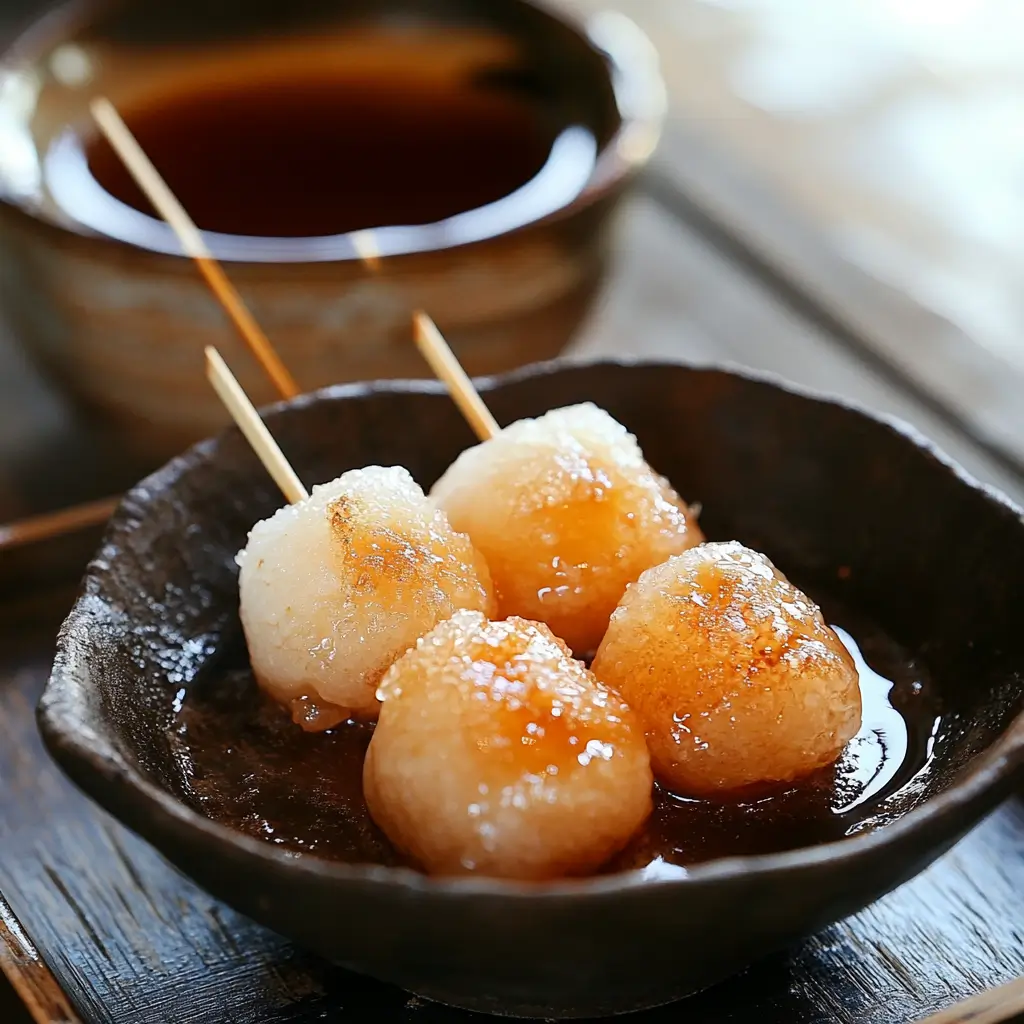
Dango looks simple, but there’s a secret trick: the texture. These sweet rice flour balls are chewy in the best way, and you string a few onto a skewer for a snack that’s both snacky and adorable. Yes, adorable is a valid food category at my house.
They’re not super sweet, so you dip them in a sauce, usually sweet soy or sometimes something with kinako (soybean flour). Rolling these little balls is somehow relaxing. I love to let them simmer till they float, then thread them onto sticks. Fun for kids, too.
Tip: try grilling the dango after boiling. Give them a quick char, and suddenly, regular dango feels like a five-star restaurant starter. Serve right away for full effect.
Serving Suggestions
- Stuff with tiny bites of fruit for surprise pops of flavor.
- Brush warm dango with a sweet soy glaze.
- Sprinkle lightly roasted kinako for a nutty twist.
6. Japanese Pudding (Purin)
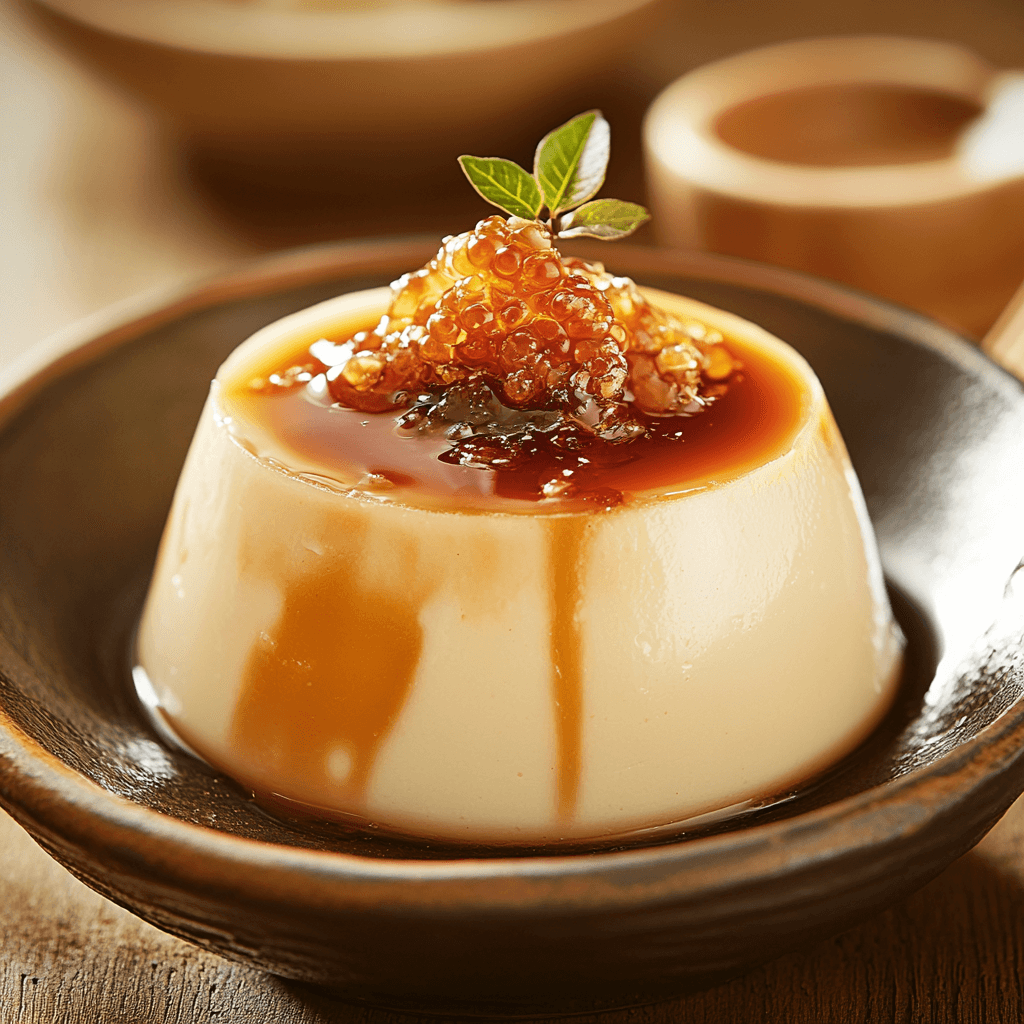
Okay, this one might be my favorite on rainy evenings. Japanese pudding, or purin, is like crème caramel, but lighter. The caramel layer at the bottom brings the right kind of bitterness, and the pudding itself is velvety smooth.
You’ll need just eggs, milk, and sugar. Whisk, pour into ramekins, steam or bake with some water around them, and chill. Don’t rush the cooling.
The taste? Rich, but not heavy. Just sweet enough. If you’re feeling extra, add a dab of whipped cream at the end. Or don’t, who’s checking?
7. Yokan (Sweet Bean Jelly)
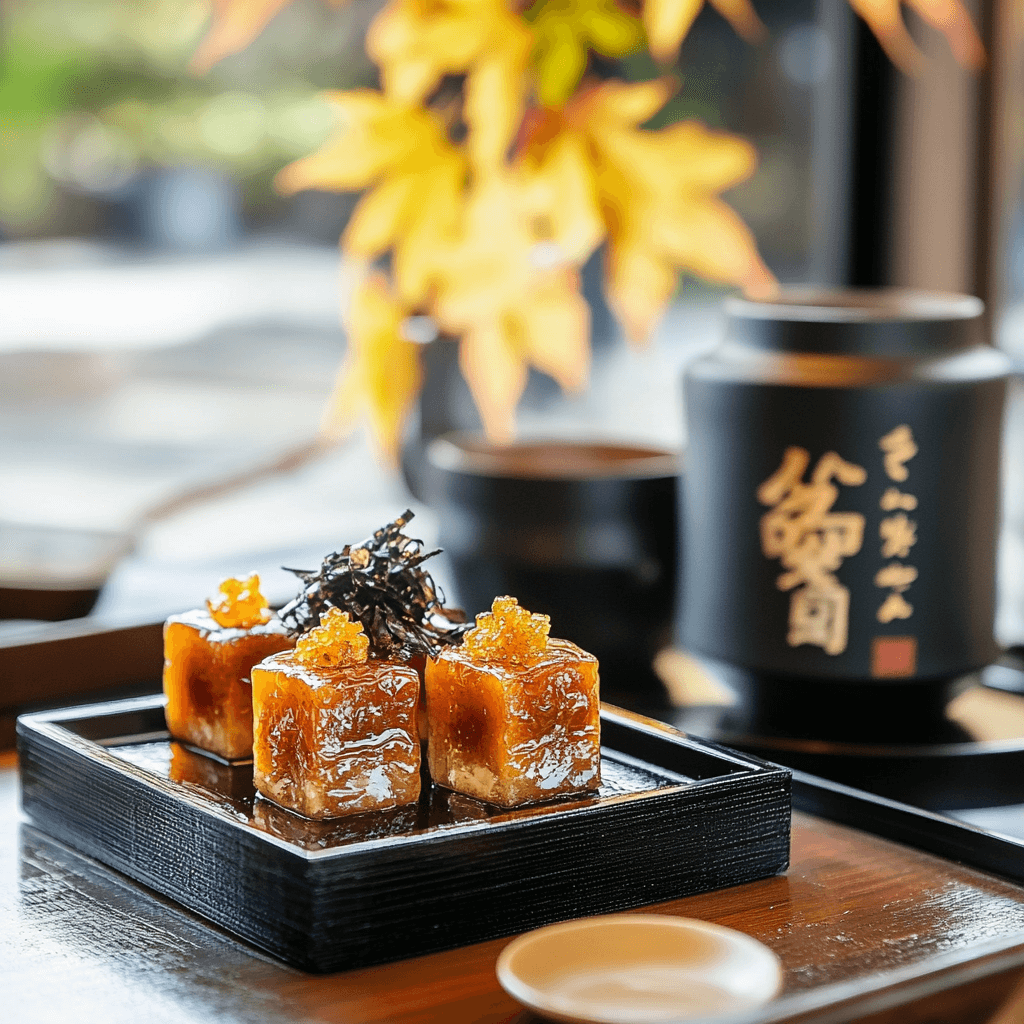
Yokan is kind of the dark horse of Japanese desserts. It doesn’t look flashy, but wow if you get it right. Think thick, sliceable jelly made with red bean, sugar, and agar agar (it’s a seaweed extract, nothing freaky).
It’s vegan, it’s sweets, and you can make it in advance. The prep is all simmer and pour, then set in the fridge. That’s it.
Slice it up with a warm knife for neat squares and serve with tea. It keeps forever. The taste is mellow, just a hint of sweetness, and the texture is, you’ll see, both firm and soft at the same time.
8. Japanese Cheesecake (Soufflé Style)
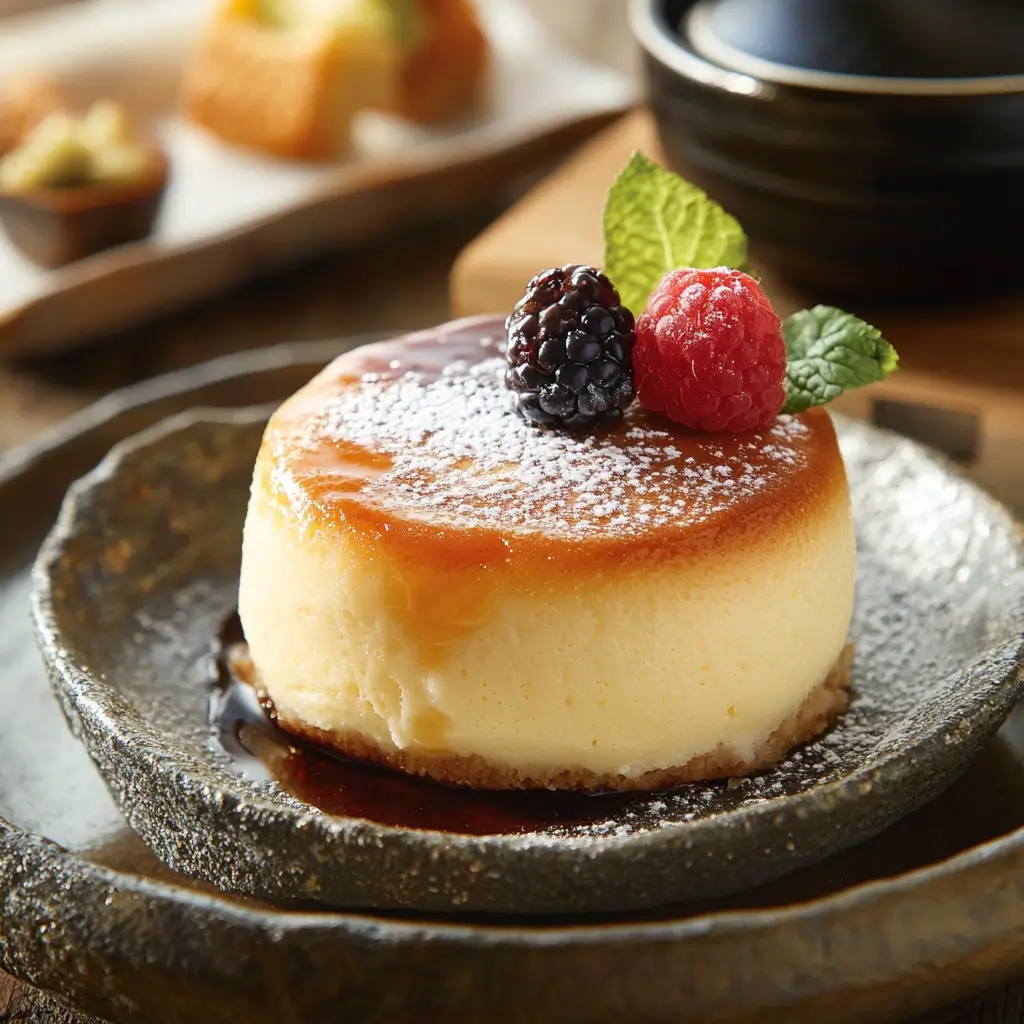
If you want a cake that almost floats away, this is it. Japanese soufflé cheesecake is fluffy, almost jiggles, and melts when you eat it. It takes a little bit of whisk courage, but the results are seriously worth it.
Egg whites are whipped fluffy before being folded into the batter. You bake it in a water bath, which sounds a bit extra, but it ensures you don’t get cracks.
Perfect for birthdays, or anytime you want to impress. Dust with powdered sugar at the end and serve with berries if you’re feeling classy.
9. Sakura Mochi (Cherry Blossom Rice Cakes)
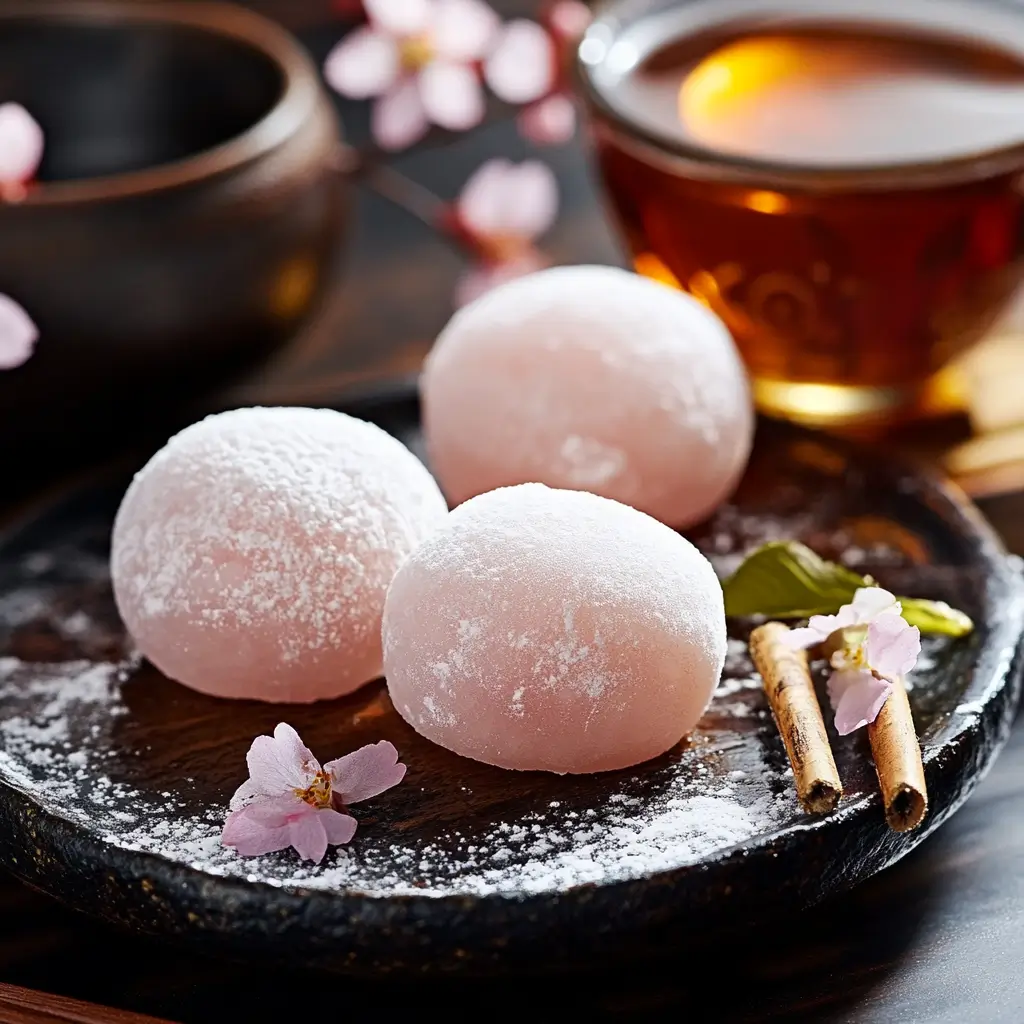
Every spring I crave sakura mochi because it looks like spring on a plate. Pink tinted rice on the outside, sweet bean paste inside, all wrapped in a pickled cherry leaf (yes, you can eat the leaf).
If you can’t find sakura leaves, it’s okay, just use regular mochi and brush a bit of salted water over them. The combo of sweet and salty is unreal.
They’re easy, but messy. The pink color and hint of cherry flavor just makes you happy. Go ahead and make a few extra, then stare at how cute they look before eating every single one.
10. Hojicha Ice Cream Japanese Dessert
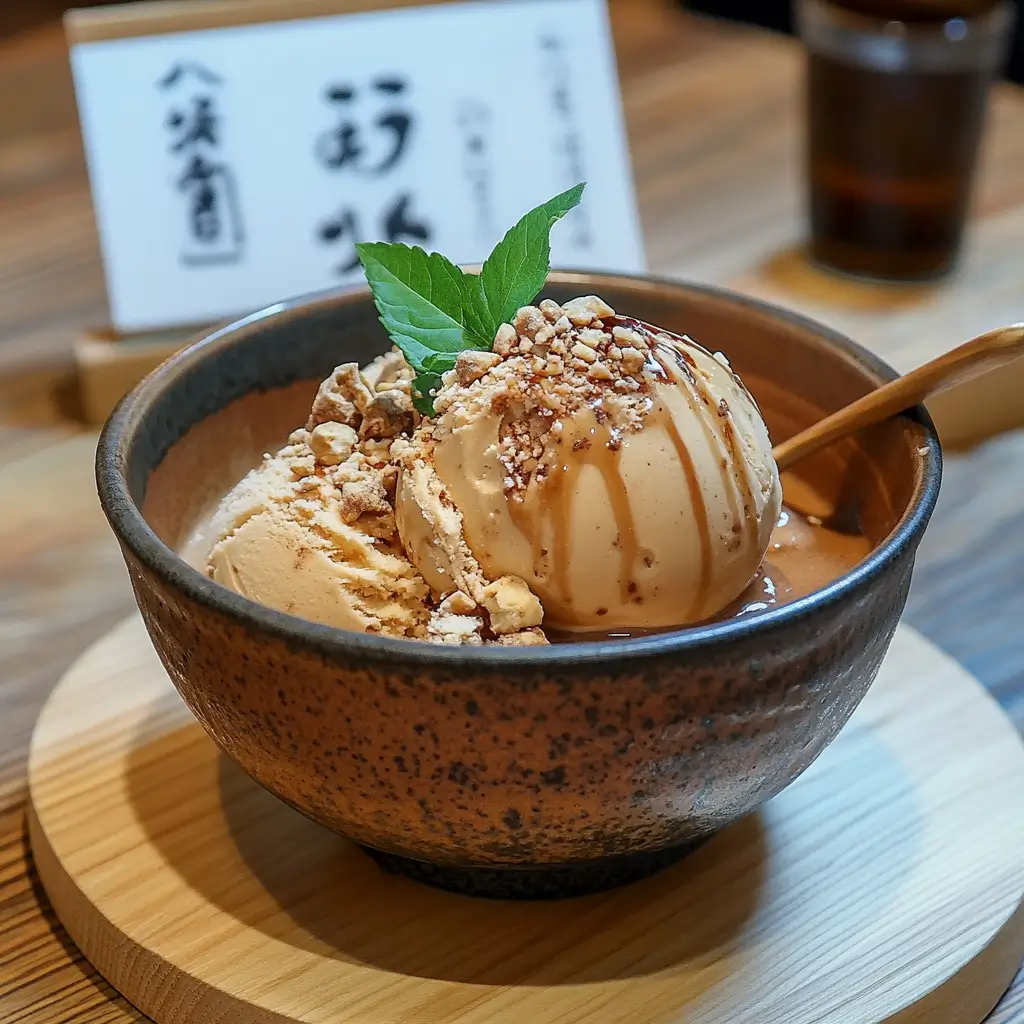
If you’ve never tasted roasted green tea, you’re in for something delightful. Hojicha ice cream brings a toasty, nutty note that regular matcha can’t touch. No lie, it tastes like a toasty campfire, but in dessert form.
You’ll need hojicha powder (online or in Asian markets), cream, sugar, and maybe an ice cream maker. If you don’t have a machine, you can just freeze the mix, stirring every 30 minutes to break up ice crystals.
The color is kinda beige, so nothing wild, but the flavor is totally unexpected. Serve with fresh fruit or a drizzle of condensed milk for bonus points.
Tips to Perfect Your Japanese Desserts at Home

Honestly, there’s a learning curve with Japanese desserts, especially with new ingredients (looking at you, glutinous rice flour).
First, don’t get too stuck on shape. Authenticity tastes good, but enjoy the process. Always use fresh ingredients, bad red bean paste ruins everything.
Chill desserts as directed. Don’t cut corners on this, or you’ll end up, well, with a blob. If something doesn’t look right, chances are it’ll still taste good, just plate it creatively. For more recipe ideas, there are tons of Japanese foodie channels on YouTube with easy step-by-steps. You’ll find something that helps, I promise.
Ready, Set, Whisk: Try Your First Japanese Dessert!
So that’s my ramble on Japanese desserts, light, creative, and absolutely doable at home. Trust me, if I can wrangle mochi, dorayaki, and soufflé cheesecake with two left hands, so can you. Dive in and experiment. It’s supposed to be fun, and honestly, a bit messy just adds to the story.
Don’t be shy about changing things up, either. For more inspiration, check out resources like Just One Cookbook for step-by-step guides. Happy snacking, your kitchen is about to get way more interesting.
Come hang out with us on Facebook! We share behind-the-scenes tips, and all the dessert talk you can handle.
Japanese Desserts Recipes Common Questions
Some desserts use ingredients like glutinous rice flour or red bean paste. Asian markets usually have these, and online shops too. Start with the basics and branch out from there.
Many Japanese desserts are already gluten-free, like mochi or dango. But double-check for nuts or egg in recipes if those are a concern.
It’s all about balance. Japanese desserts focus on subtlety and natural flavors. This means you can totally eat two in a row and not feel icky.
You probably just need more dusting starch. Mochi is naturally sticky, dust your hands and work surface with potato or cornstarch. Don’t panic, it’s part of the charm!
Definitely mochi or purin. Both need simple ingredients and you don’t need special tools. You’ll impress yourself with very little effort.
